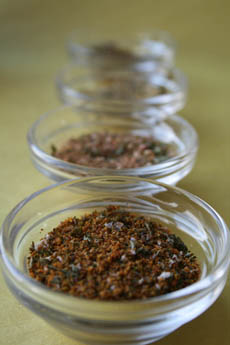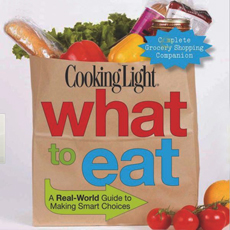|
June 10th is National Black Cow Day. National Root Beer Float Day is August 6th.
Two holidays for the same sweet treat:
A Black Cow is another name for that popular old-fashioned ice cream soda, the root beer float made with vanilla ice cream.
If you substitute chocolate ice cream and an optional squirt of chocolate syrup, the root beer float is called a Brown Cow or Chocolate Cow.
You can make them a Coke float instead of using root beer.
There’s also a cocktail that uses Kahlúa, a drink sometimes referred to as a Black Cow #2 (the recipe is below).
Today is National Black Cow Day—the perfect day to make one.
How did a root beer float get such an unusual name? But first…
BLACK COW HISTORY
Pharmacist Charles Hires introduced commercial root beer to the public in 1876 at the Philadelphia Centennial Exhibition.
It was a hit, and other beverage companies went into root beer production.
The Black Cow dates to an August night in 1893 in a bustling mining town.
Frank J. Wisner, owner of the Cripple Creek Cow Mountain Gold Mining Company in Cripple Creek, Colorado, also owned a tavern. He produced carbonated soda waters, popular with adults and children alike.
As the story goes, Wisner wanted to create a special drink for the local children. One night, he added a scoop of vanilla ice cream to his glass of root beer.
Here’s where the cow comes in:
While Wisner owned a business named after Cow Mountain, he supposedly picked the name by looking out the window.
He saw the snow-capped Cow Mountain in the moonlight, and was inspired to name the drink after it.
The float was an instant hit and was christened “Black Cow” by the children, for the dark color of the root beer and Wisner’s reference to Cow Mountain.
|





